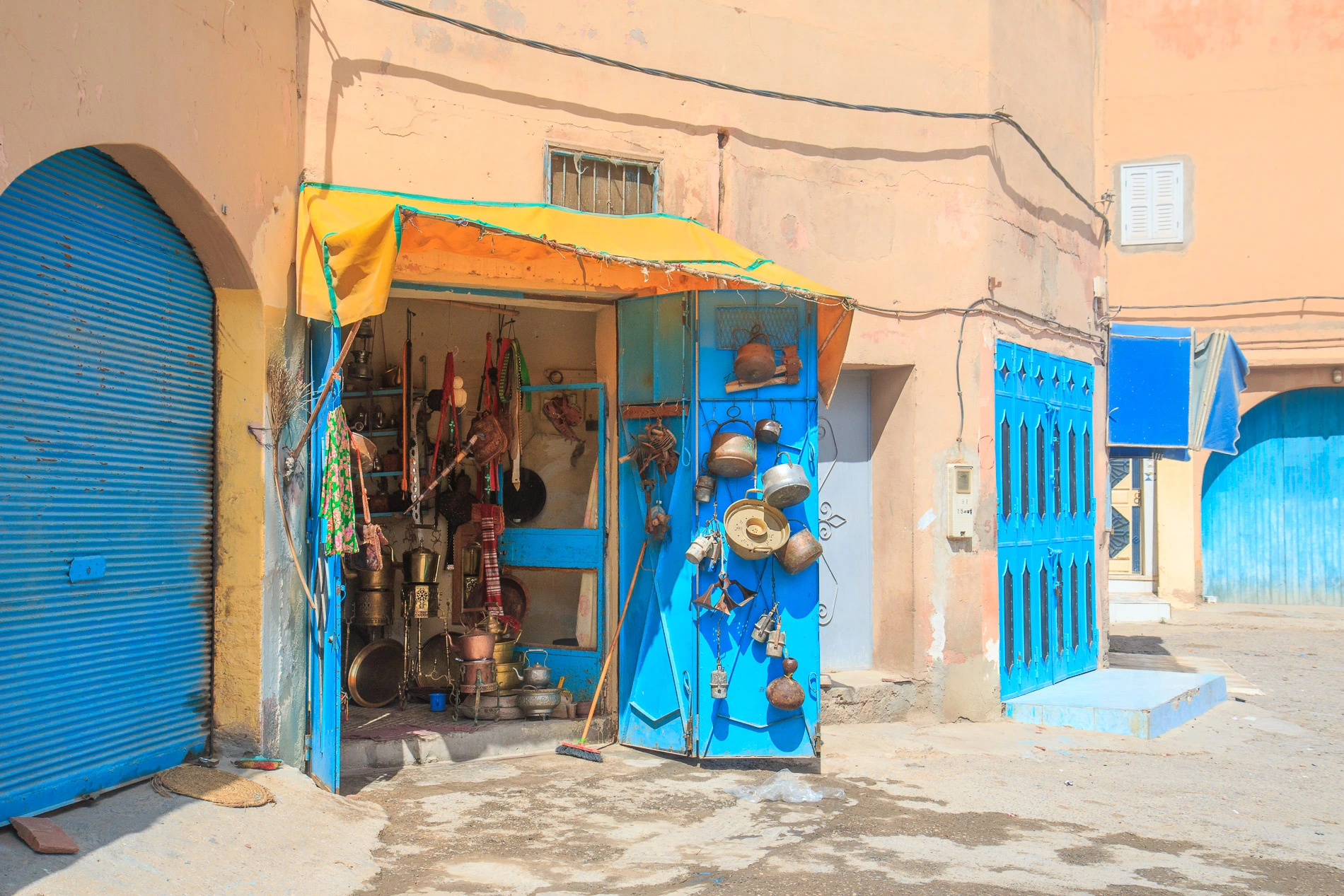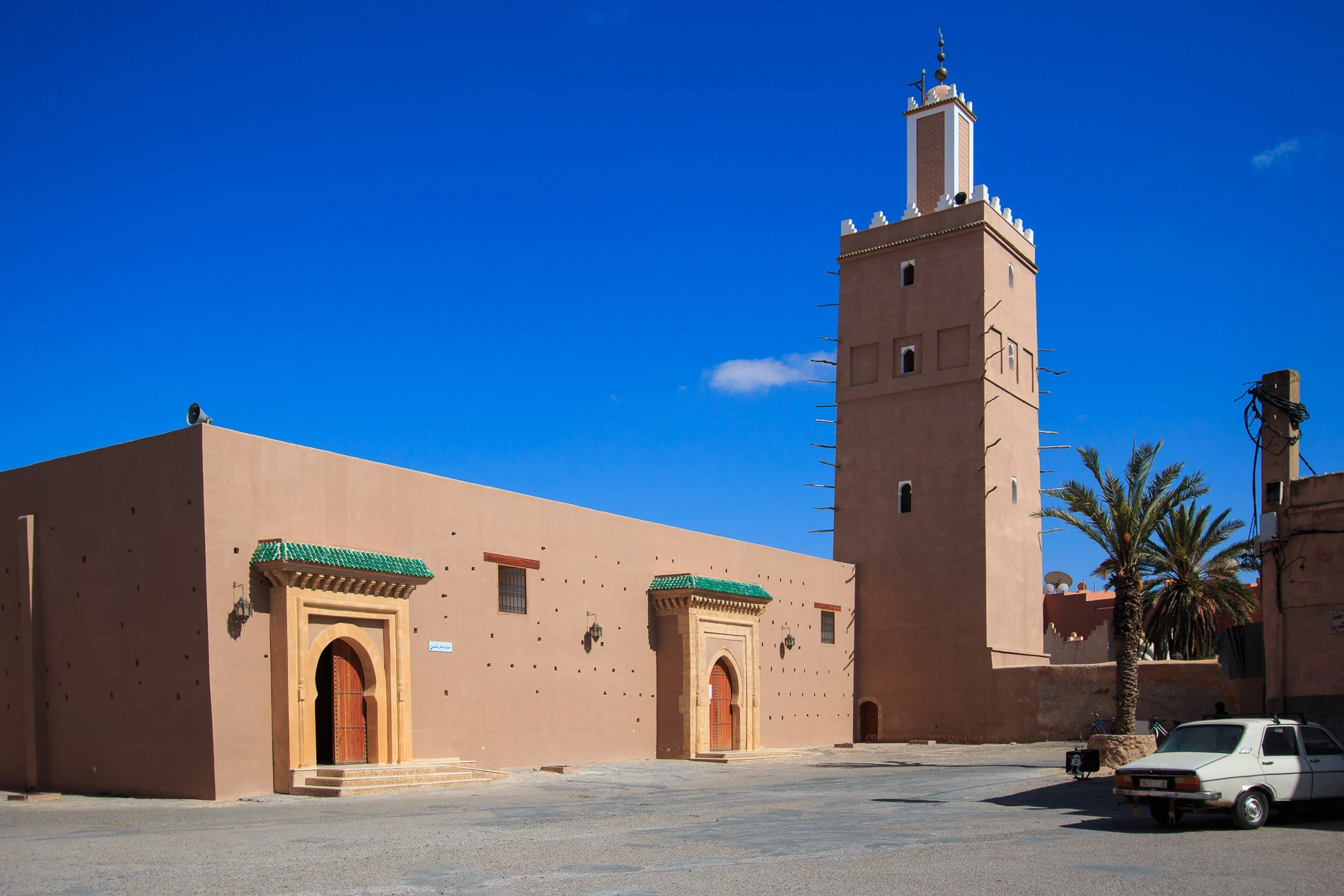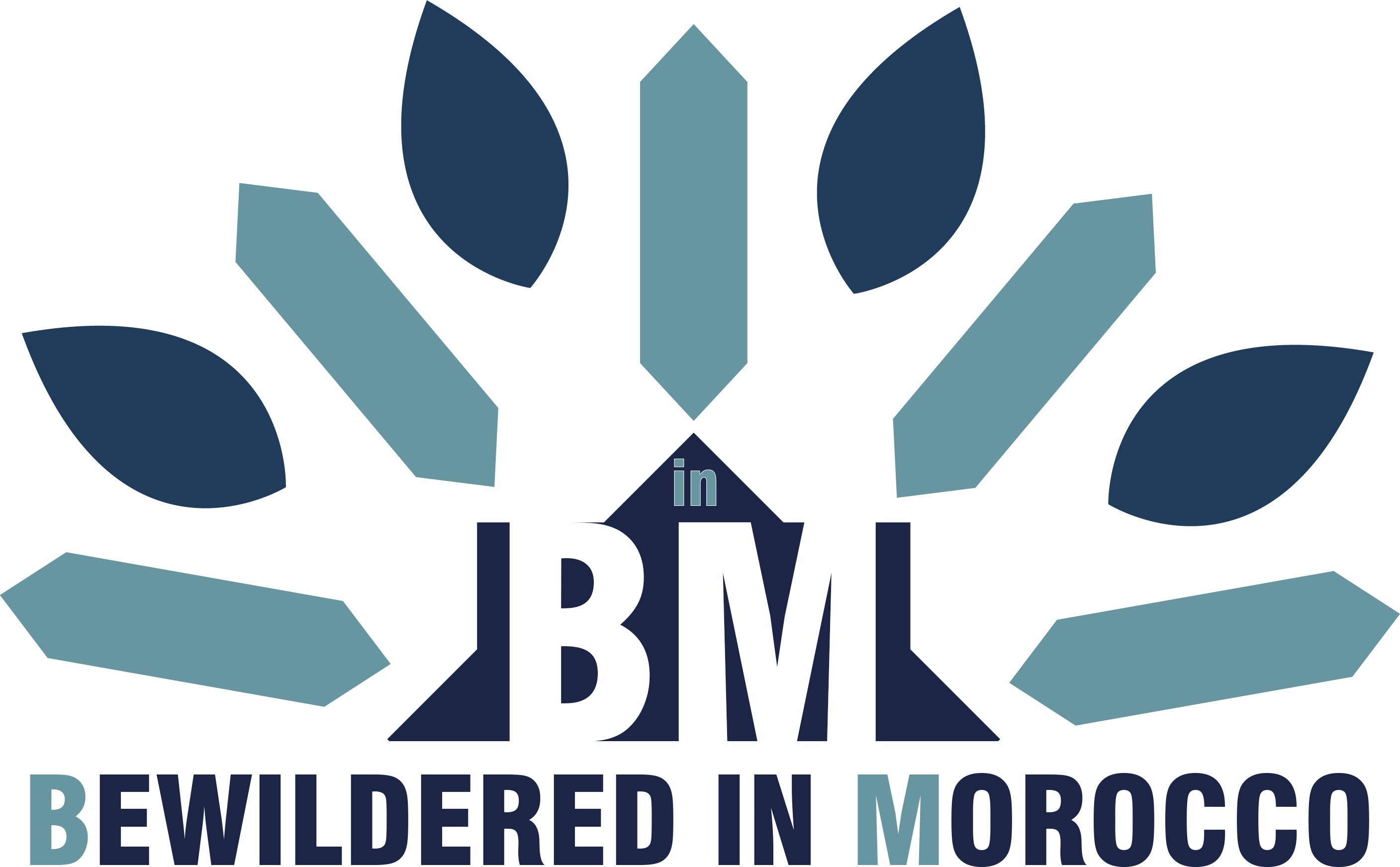When people think of Morocco's must-visit destinations, cities like Marrakech and Fez usually top the list. But tucked away in the Anti-Atlas region, there's a remarkable city that deserves far more attention: Tiznit Morocco silver craftsmanship has made this ancient walled city famous throughout the country, yet it remains refreshingly authentic and unspoiled by mass tourism.
During my recent exploration of this fascinating city, I discovered that Tiznit offers visitors something truly special—a genuine glimpse into traditional Moroccan life, complete with ancient walls, bustling souks, and some of the finest silver jewelry you'll find anywhere in the kingdom.
The Ancient Walls That Tell Stories
A Historic Fortress Built by Sultan Hassan I
Standing before Tiznit's impressive ramparts, you can't help but feel the weight of history. These aren't just any walls—they're among the oldest and largest historical fortifications in the region, stretching approximately 7-8 meters high and punctuated by five magnificent gates, each with its own name and story.
The walls were constructed in 1882 during the reign of Sultan Moulay Hassan I, making them a relatively recent addition to Morocco's architectural heritage, yet they've become the defining feature of this Tiznit Morocco silver city. What strikes you immediately is how well-preserved they are—recently renovated and painted, they gleam in the North African sun, a testament to the community's pride in their heritage.

Walking along these ancient fortifications, I was reminded of similar walls in Taroudant, though Tiznit's are in much better condition. The restoration work has been impressive, giving visitors a clear sense of how formidable these defenses once were while maintaining their historical authenticity.
The Heart of Tiznit: Al-Meshwar Square and Beyond
Where Tradition Meets Daily Life
The old Tiznit Morocco silver medina centers around Al-Meshwar Square, the oldest square in the city and truly the beating heart of Tiznit. This is where locals have gathered for generations, where traditional animations and cultural events once brought the community together during festivals and special occasions.
From this central square, you can see the magnificent As-Sunna Mosque, built in 1911 and one of the largest mosques in Tiznit. Its traditional architecture and prominent minaret serve as landmarks visible from throughout the old city, guiding both residents and visitors through the winding streets of the medina.
The administrative quarter spreads out from here, housing government offices and maintaining the city's role as the provincial capital. But it's the traditional areas that truly capture the imagination—narrow streets lined with centuries-old houses, their thick walls and small windows designed to keep interiors cool during the intense summer heat.
Tiznit's Silver Legacy: Where Craftsmen Create Magic
The Souk Al-Eid: A Treasure Trove of Traditional Crafts
No visit to this Tiznit Morocco silver city would be complete without exploring the famous Souk Al-Eid. Here, the ancient art of silver smithing continues much as it has for centuries, with master craftsmen creating intricate jewelry, decorative items, and traditional Berber accessories.
The souk isn't just about silver, though that remains the star attraction. You'll find traditional artisanal products, leather goods, and various crafts that showcase the region's rich cultural heritage. The quality of workmanship here is exceptional—these aren't mass-produced tourist trinkets but genuine pieces created by skilled artisans who learned their craft from their fathers and grandfathers.
What impressed me most was how reasonably priced everything remains. Unlike the tourist-heavy souks of Marrakech or Fez, prices in Tiznit's markets are still accessible to locals, which means you're getting authentic value rather than inflated tourist rates.
Traditional Craftsmanship in the Modern Era
The silver industry that made Tiznit Morocco silver famous continues to thrive, though it faces challenges from modern manufacturing and changing consumer preferences. Walking through the artisan quarters, you can still hear the rhythmic hammering of silver being shaped, the gentle scraping of files, and the quiet concentration of craftsmen at work.
Many of the older workshops are family businesses passed down through generations, each maintaining secret techniques and design elements that make their work distinctive. The traditional geometric patterns, the intricate filigree work, and the careful attention to detail all reflect centuries of refinement in this ancient craft.
A City of Learning and Culture

The Educational Heritage of Tiznit
Beyond its reputation for silver, Tiznit has long been known as a center of learning. The city has traditionally attracted students and scholars, earning it recognition as an educational hub in the region. This intellectual tradition adds another layer to Tiznit's cultural richness, explaining the thoughtful urban planning and the emphasis on preserving historical and architectural heritage.
The presence of educational institutions has helped maintain a literate, engaged population that takes pride in their city's appearance and cultural traditions. You can see this in the well-maintained public spaces, the careful restoration of historical buildings, and the general sense of civic pride that permeates the community.
Practical Information for Visitors
Where to Eat and Drink in Tiznit
The local café scene offers excellent value and authentic experiences. A traditional breakfast of eggs prepared with tomatoes and peppers, along with fresh bread and mint tea, costs around 20 dirhams for eggs, 8 dirhams for tea, and 11 dirhams for coffee—incredibly reasonable prices that make Tiznit Morocco silver city accessible to budget-conscious travelers.
For those seeking refreshment while exploring, fresh sugar cane juice is available near the As-Sunna Mosque for just 5 dirhams. The vendor adds fresh lemon and ginger, creating a delicious and healthy drink that's perfect for the warm climate. The natural sugars provide quick energy for walking tours, while the health benefits make it a smart choice over commercial soft drinks.
Getting Around and Accommodation
Tiznit's compact medina is easily walkable, though the narrow streets can be challenging for cars. The city serves as a regional transport hub, with taxi services connecting to nearby destinations and regular transport to major cities like Agadir.
New accommodation options are opening, including camping facilities and bungalows for visitors who want to extend their stay and really explore the region. These developments show that Tiznit Morocco silver tourism is growing, but at a manageable pace that doesn't overwhelm the city's authentic character.
The Modern Face of Ancient Tiznit
Balancing Development with Heritage
Recent developments show Tiznit evolving while maintaining its essential character. New recreational facilities, including swimming pools and family-friendly spaces, cater to both residents and visitors. The pricing remains reasonable—60 dirhams for adults and 35 dirhams for children—making these amenities accessible to local families.
The city's location on the road to Agadir makes it an increasingly popular stop for travelers exploring southern Morocco, yet it has managed to avoid the over-commercialization that affects some tourist destinations. This balance between development and authenticity makes Tiznit Morocco silver city particularly appealing to travelers seeking genuine cultural experiences.
Why Tiznit Deserves a Place on Your Morocco Itinerary
Visiting Tiznit offers something increasingly rare in our modern world—the chance to experience an authentic Moroccan city that hasn't been dramatically altered by tourism. The Tiznit Morocco silver artisans continue their ancient craft, the traditional architecture remains intact, and daily life proceeds much as it has for generations.
The city serves as an excellent base for exploring the Anti-Atlas region, with its dramatic landscapes, traditional Berber villages, and opportunities for adventure tourism. Yet Tiznit itself offers enough historical interest, cultural richness, and authentic experiences to warrant several days of exploration.
The affordability factor cannot be overstated—this is Morocco as it was before tourist inflation affected prices in major cities. You can enjoy excellent meals, browse traditional markets, purchase authentic crafts, and experience genuine Moroccan hospitality without breaking your travel budget.
Experience the Real Morocco in Tiznit
As I concluded my exploration of this remarkable city, I realized that Tiznit Morocco silver represents more than just a craft tradition—it symbolizes a way of life that values quality, authenticity, and cultural continuity. In an age of rapid change and globalization, places like Tiznit become even more precious as guardians of traditional knowledge and cultural heritage.
Whether you're interested in history, architecture, traditional crafts, or simply want to experience authentic Moroccan culture away from the tourist crowds, Tiznit offers an unforgettable journey into the heart of Morocco's cultural richness.
Have you visited Tiznit or other lesser-known Moroccan cities? I'd love to hear about your experiences and any hidden gems you've discovered in your travels. Share your stories in the comments below—your insights might inspire fellow travelers to explore these authentic corners of Morocco!
